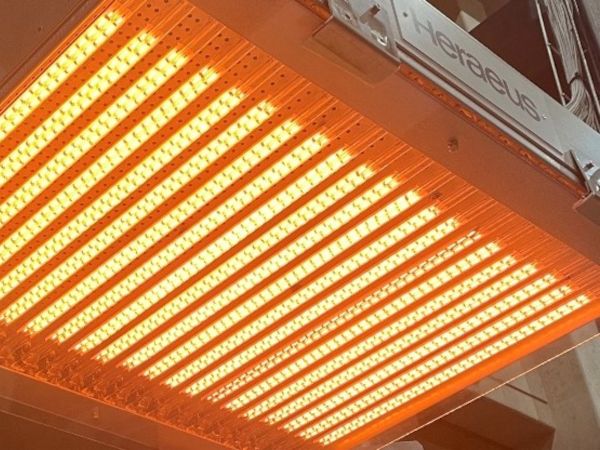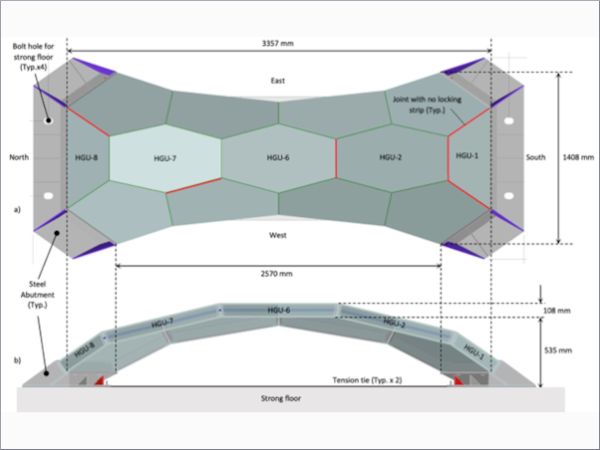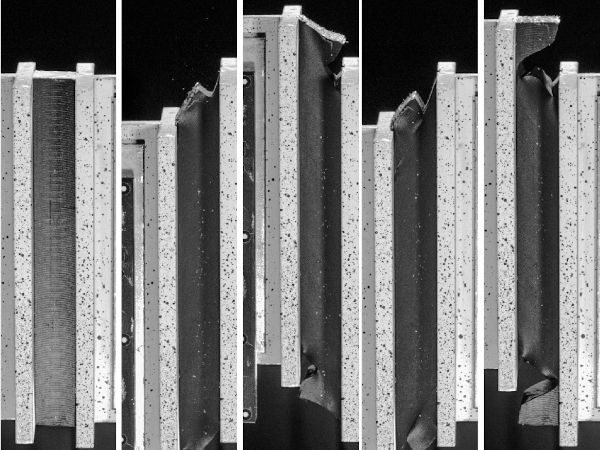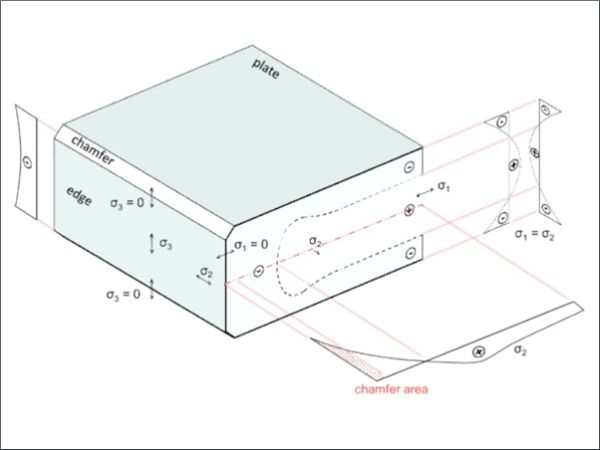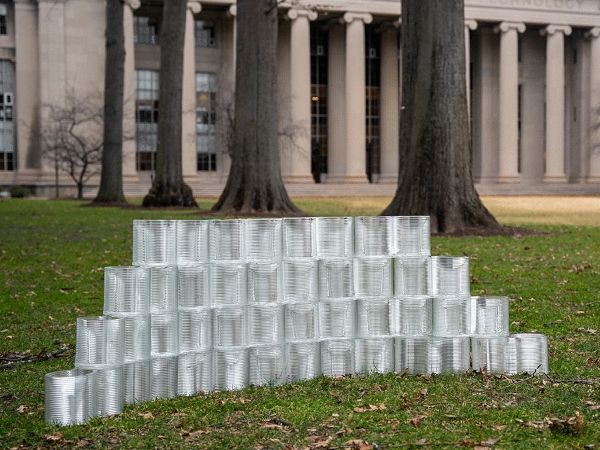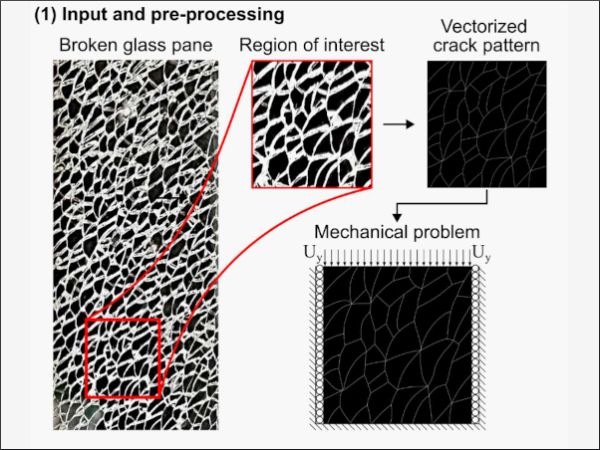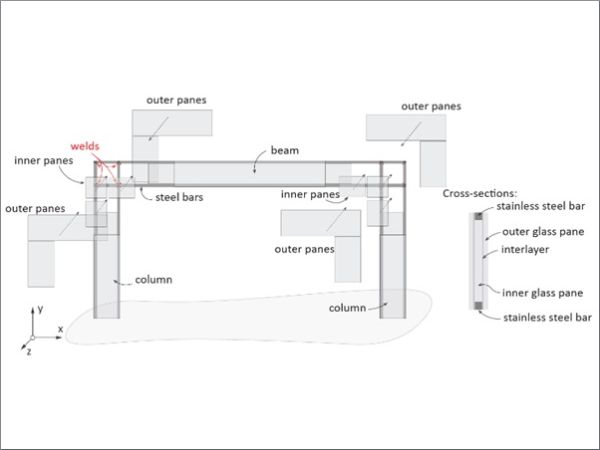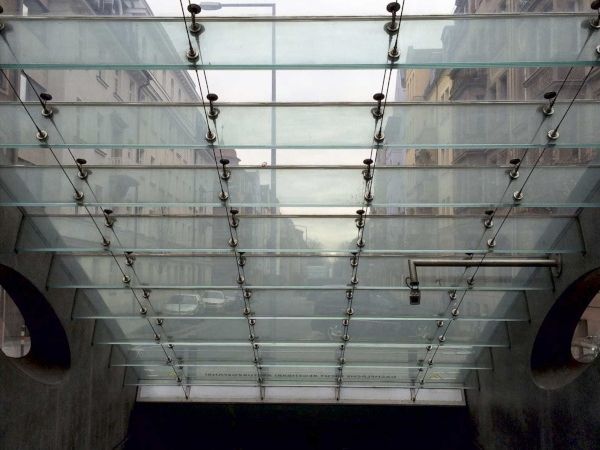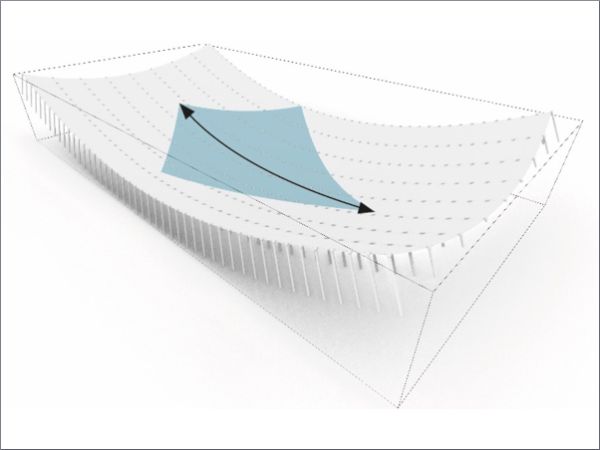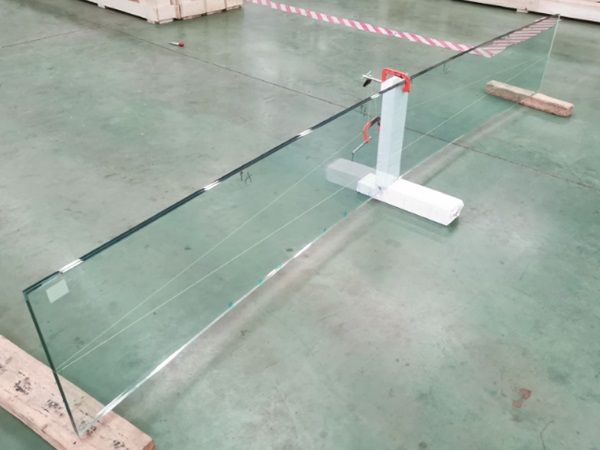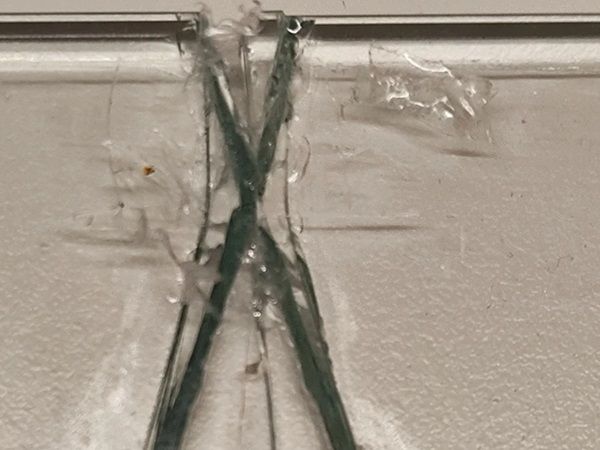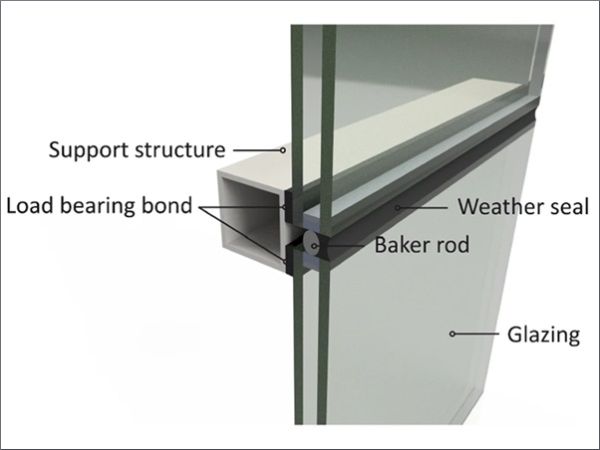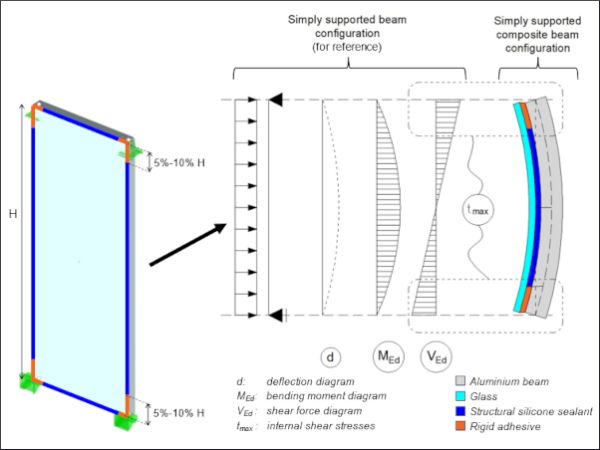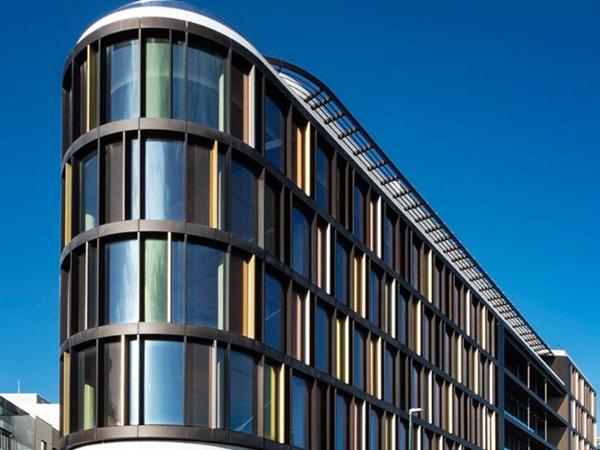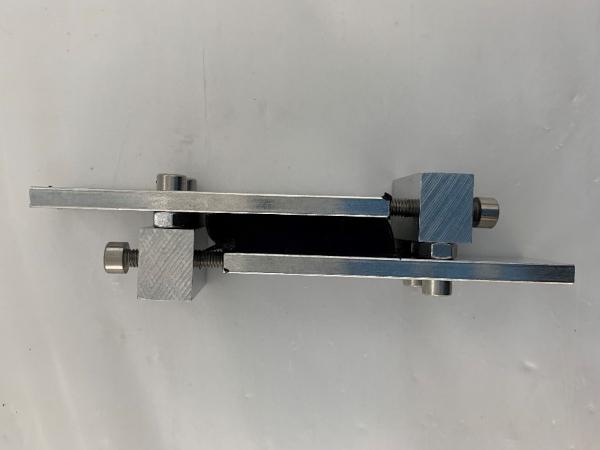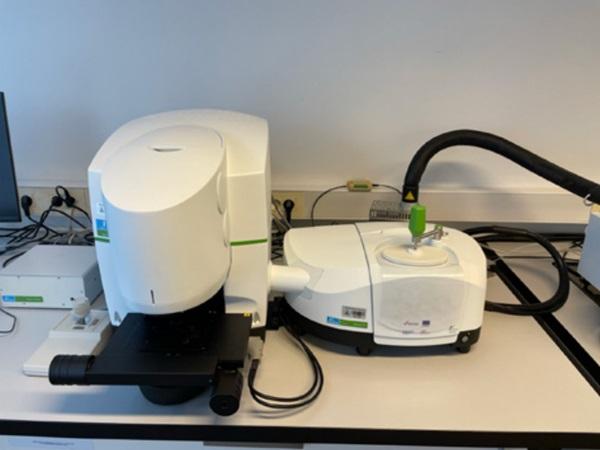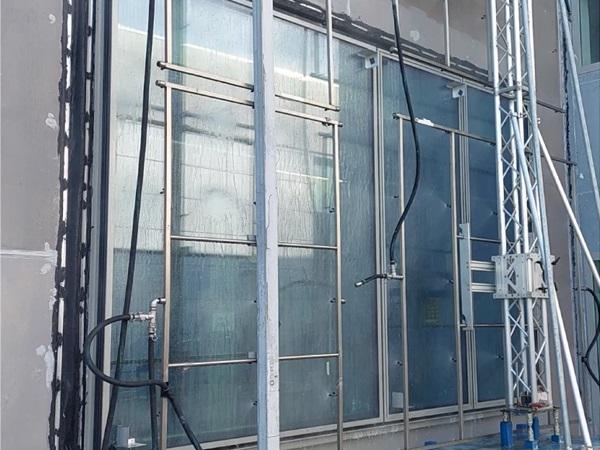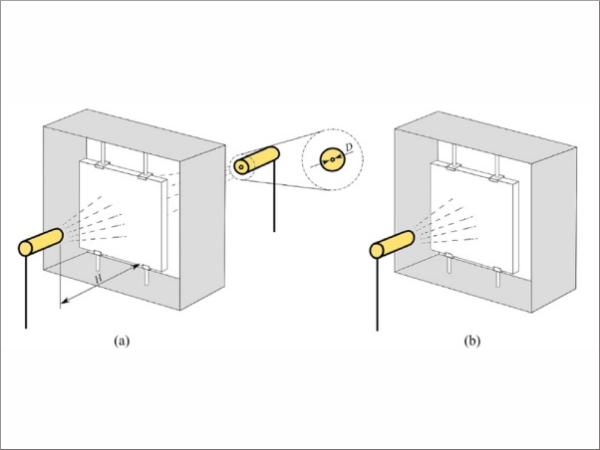Others also read
| This paper presents an experimental campaign employing an electric radiant panel as the heat source to investigate the heat transfer phenomena in glass.
| This research is related to the structural performance of a shell-type system made of hollow glass units (HGU) that utilizes glass as the primary structural material.
| In this paper, relevant parameters influencing the seismic loading of structural glazing joints are determined, evaluated, and narrowed down to areas of practical relevance as part of a theoretical stress analysis.
| The paper compares fitting functions of different polynomial degrees to determine and assess the edge stress.
| Minor fluctuations in the tempering process of architectural glass lead to residual stress differences resulting in birefringence and undesired optical iridescence, also known as anisotropy effects.
| This paper encompasses design, manufacturing, and experimental testing to assess the feasibility of using glass AM to produce interlocking masonry units for the construction industry.
| The purpose of this work is to implement an algorithm to perform topology optimization for glass structures fabricated by the AWJ cutting method.
| The objective of the present work is the development and testing of a robust numerical model that can naturally introduce the generated crack pattern into virtual specimens and manage the interaction among many fragments.
| This paper focuses on a numerical investigation of the in-plane behavior of an innovative steel-reinforced glass frame prototype, designed to incorporate (partially) UV-curable beam-column connections.
| This paper investigates the challenges and potentials of phase-field modelling in simulating glass fracture.
| This paper presents investigations on a novel approach for post-tensioning laminated glass beams with adhesively bonded iron-based shape memory alloy tendons along both longitudinal glass beam edges.
| Sustainable Configurations for Double Curved and Spherical Glass
| This paper investigates the post-fracture spring-back effect and the post fracture behaviour in warm bent glass, aiming to assess its safe use in structural glass applications.
| The four point bending test is one of the most commonly used and standardised tests to determine the mechanical properties of materials.
| Structural sealant glazing systems are increasingly used in transparent glass constructions, but designing bonded joints still relies on outdated safety concepts, despite recent research proving the reliability of hyperelastic silicone bonds.
| A Composite Approach in the Design of Glass-Aluminium Facades to Minimise Embodied Carbon Emissions
| The purpose of this study is to investigate the stress distribution along the sealant joint of a cylindrically curved glass panel subjected to wind pressure and to establish if the panel curvature influences the stress distribution along the joint length.
| The aim of this paper is to provide a better understanding of the effect of the permanent shear deformation on SSG joints.
| The research presents advantages and disadvantages for each different load type regarding interlayer chemical response.
| This paper presents the findings of the evaluation of an epoxy adhesive for structural glass to steel continuous bonds.
| Structural glazing joints in glass construction are subject to dynamic earthquake loads in certain regions.
| The study is based on an extensive experimental campaign and an associated parametric study to test alternative designs under both quasi-static and dynamic loading conditions.
| Glass is most often heat treated before using it as a structural material. In this context, thermal tempering is the most effective and efficient method to enhance the load bearing capacity and strength of glass.
| This work investigates the numerical modeling of two different UV-curing acrylate adhesives in terms of the bulk material and in the application as point fixing.
| The redeveloped CME Center lobby is defined by a striking, wavelike 24’ tall glass façade.

